Introduction to DeWalt Bench Grinders
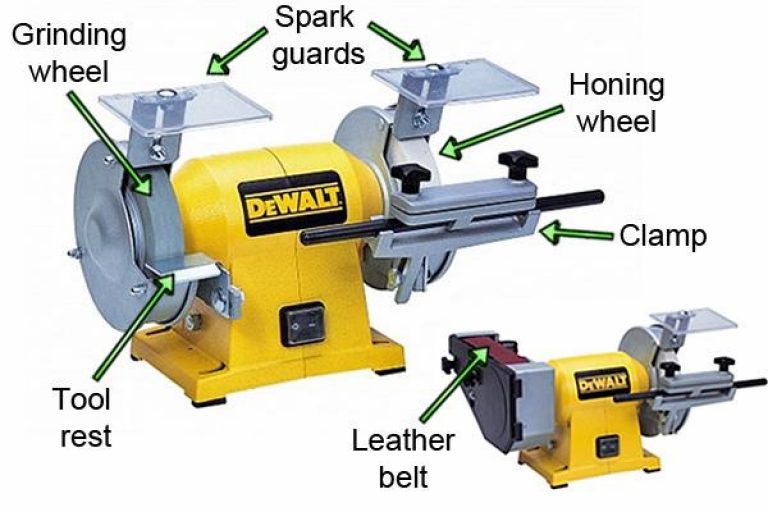
Bench grinders are a common tool found in any serious workshop. Read our full guide to DeWalt Bench Grinders to learn everything you need to know!
What types of DeWalt bench grinder are there?
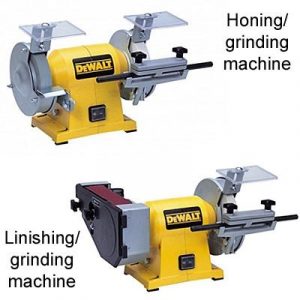
Two models of DeWalt bench grinder are available in the UK:
A honing/grinding machine with two wheels, one coarse for grinding and one with a finer grain for honing.
A linishing/grinding machine with a leather honing belt and a coarse grinding wheel.
The honing/grinding model is suitable for shaping, sharpening and polishing many kinds of tools. Whilst the linishing/grinding machine is best for working on concave or convex items, as the flexible leather belt can take on the shape of the object being honed.
What can you use a bench grinder for?
Some of the most common uses for a bench grinder are to:
Sharpen and reshape all kinds of chisels
Grind smooth and deburr the ends of cut bolts
Sharpen and reshape drill bits
Sharpen large knives
Remove excess metal from a workpiece, for example after welding
Reshape wrecking bars
Sharpen and reshape brick bolsters
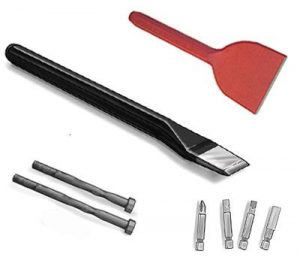
There are also a range of other things that a bench grinder can do, but these are a little less common:
Sharpening and reshaping engineer’s scrapers
Deburring the ends of steel pipes after cutting
Sharpening cabinet scrapers
Reshaping and sharpening spade bits
Removing rust from metal items
Sharpening centre punches and nail punches
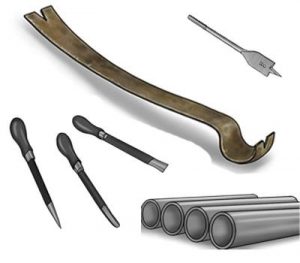
And many people find a bench grinder is just the thing for sharpening, reshaping, removing nicks and cleaning up the blades of gardening tools such as hedge trimmers, shears, lawnmower blades, axes, adzes, hoes and pruning saws.
Bench Grinder vs Angle Grinder
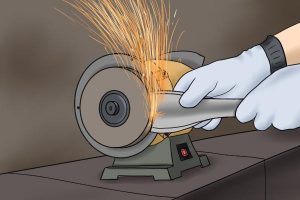
Bench grinders are also known as off-hand grinders because you don’t have to hold them. The main advantage of a bench grinder is that it’s fixed permanently in place, so it can’t move around. Both your hands are left free to hold and manoeuvre the tool, giving greater precision and control.
And you may find you can work for longer periods because you won’t have to support the weight of a heavy machine.
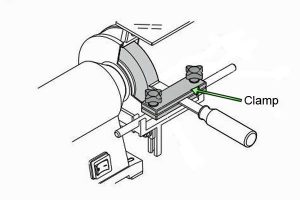
Another plus point is that you can fix the workpiece in position with a clamping attachment if needed.
This eliminates any wobbles from shaky hands, and makes sure that the tool you’re working on stays at exactly the same angle for consistent results.
Grinding and Honing Wheels
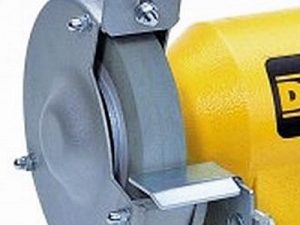
The bench grinder will be supplied with either one or two wheels, but you can buy additional wheels separately for specialist tasks or to replace one that is damaged.
Grinding and honing wheels are made up of two major components:
The abrasive grains that do the actual cutting.
The bond that holds the grains together.
The proportion and density of grain and bond determine the wheel’s structure.
Abrasive Grains
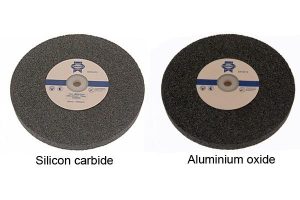
The most common type of grain is aluminium oxide, which can be used for a range of hard metals including steel and carbon steel. Silicon carbide is used to grind slightly softer materials including non-ferrous metals, stone and rubber.
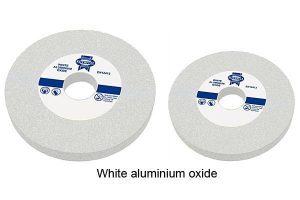
White wheels have a finer grain and can be used for the general purpose grinding of ferrous metals. They come in different sizes and are particularly suited for the sharpening of cutting tools such as chisels and scrapers.
These wheels help keep your tools cooler to avoid overheating, which could otherwise weaken the cutting edge.
Each wheel comes with a grit size, which describes the size of individual grains in the wheel. The lower the number, the coarser the grit surface and the more material it will remove. Fine grit wheels are used to give a smooth finish.
Manufacturers have their own methods of categorising the grain density, but in general coarse grit starts at about 36, medium grit is rated at around 60 to 80, while fine grit starts at about 100.
Bonds
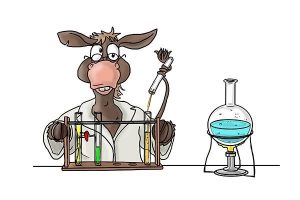
The grit particles are held together by bonds of different strengths. Most grinding wheels are made with vitrified (glass-like) bonds, which consist of selected clays, minerals and glass which have been heated up to form a molten mixture. Vitrified wheels are very hard, can remove material at high rates and are not affected by acids, oil, water or extremes of temperature.
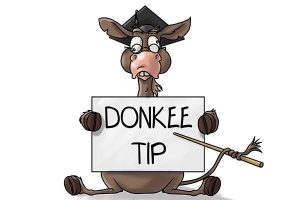
Grinding wheels with hard grade bonds will last longer than those with soft ones. They are useful for tasks on high-powered machines, and for precision work involving small or narrow areas of contact.
Soft grade wheels are more suitable for removing a large amount of material in a hurry, and for use on hard materials such as steel and carbon steel. Wheel grades range from D (soft) to Z (very hard), with most general purpose grinding wheels ranking between M and P.






